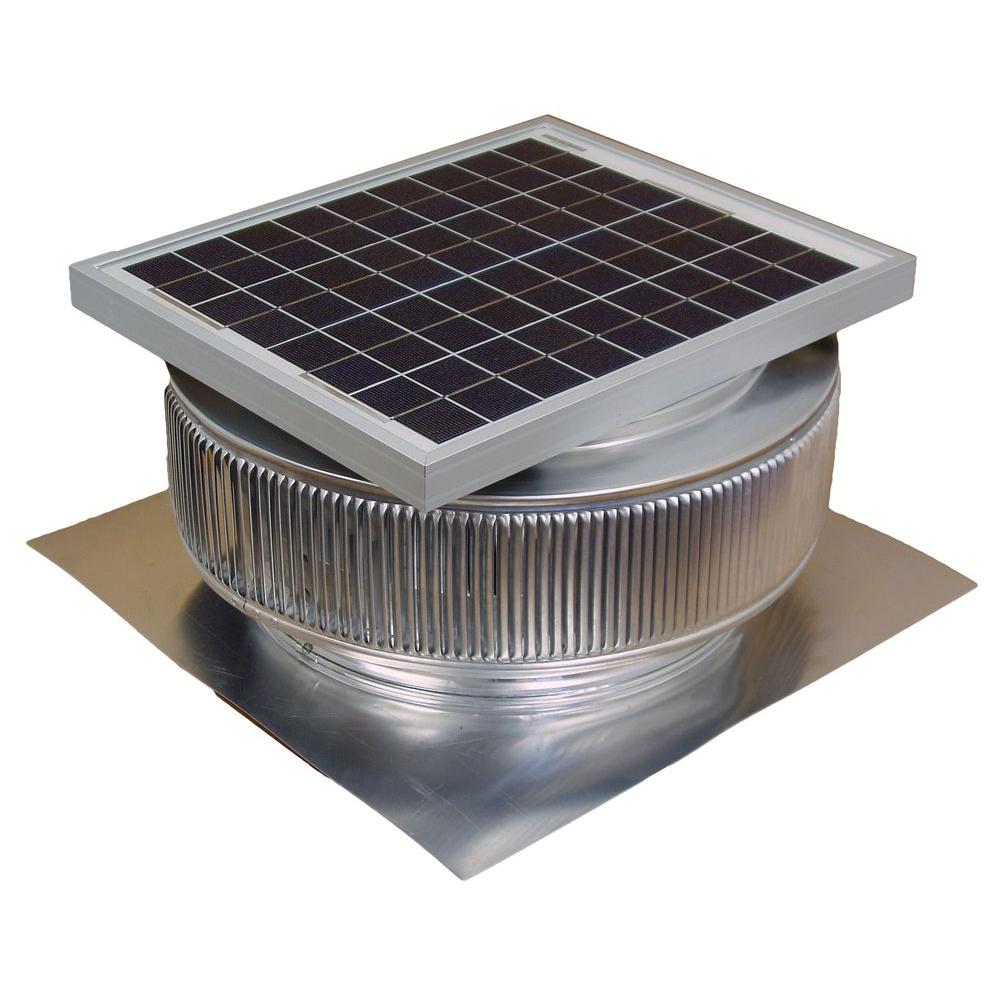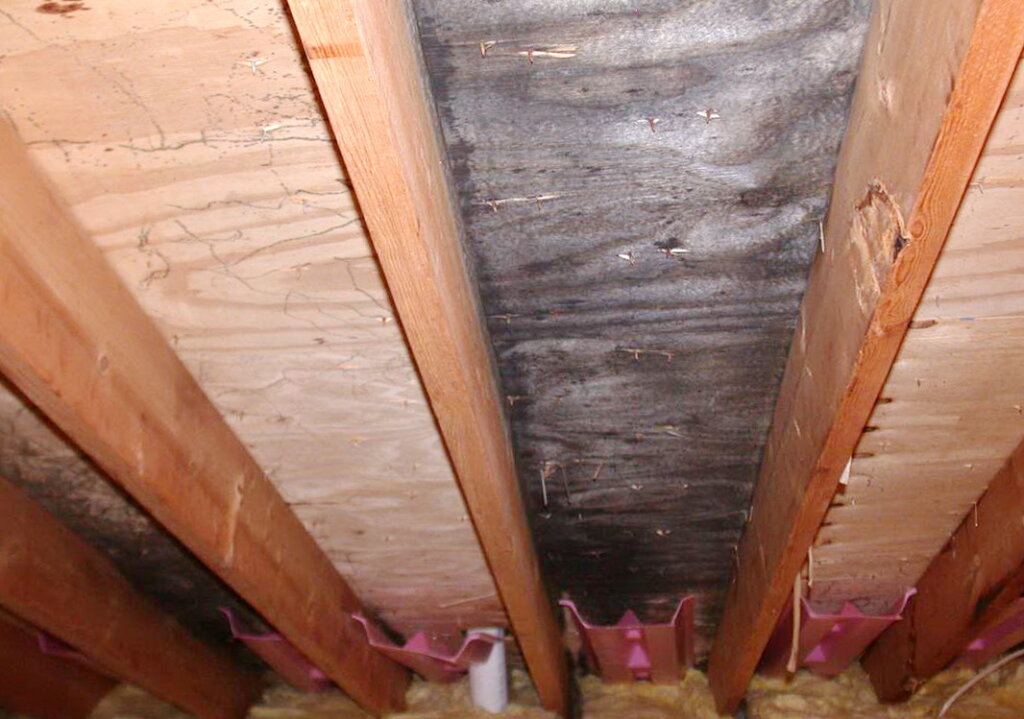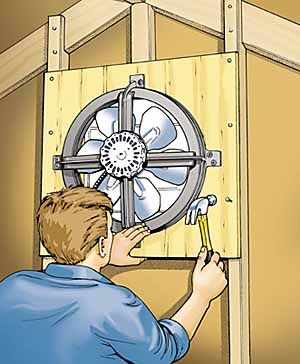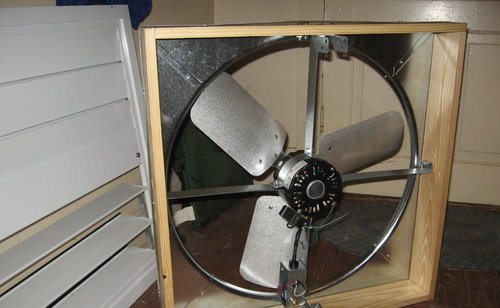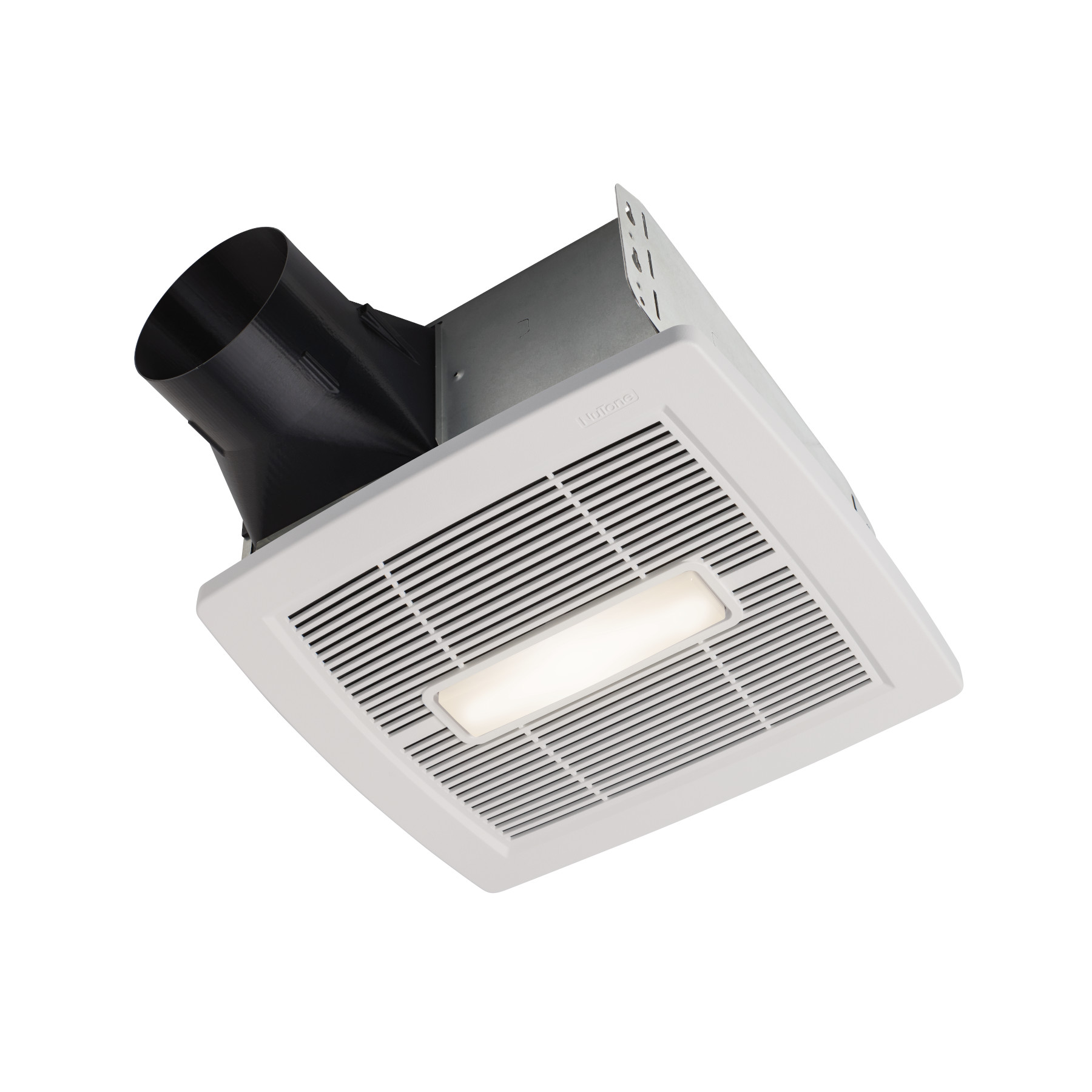In all cases the ducting needs to conduct the exchaust to the building exterior and needs to terminate in an animal proof vent cover.
Bathroom exhaust fan blowing into attic.
As for the humidity outside being greater that is the reason for installing fresh air ventilation directly into the return side of the ac bringing in clean.
The science of creating the right atmosphere in your attic space did not really become a focus of homebuilders until the last 8 10 years.
This article describes routing bath exhaust fan duct upwards through an attic or roof space or downwards through a floor or crawl space.
It works in the same way that a kitchen exhaust hood does except moisture is being moved instead of smoke.
Bathroom fan vent code requirements include no venting to attic areas to help reduce mold or structural problems.
Never vent the bathroom into the attic.
Bathroom vent fans are rated by how many cubic feet of air they can move in one minute known as the cfm rating.
To determine which size fan to buy for your bath multiply the room s square footage by 1 1.
Bathroom ventilation fan duct routing routing a bath vent duct down out or up through an attic or roof out.
If your attic has been done properly the exhaust from your bathroom is directed through an insulated vent line directly out through a dedicated vent on your roof.
The extractor fan exhaust fan removes humidity and moisture from the bathroom.
The fan sucks in air from the bathroom and blows it out of through a vent that is runs behinds above the ceiling.
Having the fan exhaust into the soffit doesn t help much as the ventilated soffit is the intake for the ventilated attic system.
The installation process is similar to the ones already discussed.
Avoid venting through a soffit vent or ridge vent.
It s also important to note that if you install a roof vent cover for a clothes dryer you must remove the metal screen because it will catch lint and may turn into a fire hazard.
The bathroom here is below an accessible attic so tom ran the exhaust duct across the attic and out a gable end.
The warm air will exhaust out the duct and enter back into the attic through the soffit vent or ridge vent.
If you have access to the attic the fan can vent either through a gable wall or roof.
Bathroom exhaust fans perform an important function by removing excess moisture from your home.
When venting a bathroom exhaust fan make sure to vent the air to the outside rather than into your attic where it can cause mold and mildew to form.
Bathroom ventilation codes require a bathroom exhaust fan to vent to the exterior not the attic for health and structural reasons.
Letting the fan exhaust into an open attic will cause moisture buildup on the underside of the roof.
The humid air is sucked back in to the attic.
It is against the residential code and will lead to mold growth in the attic.


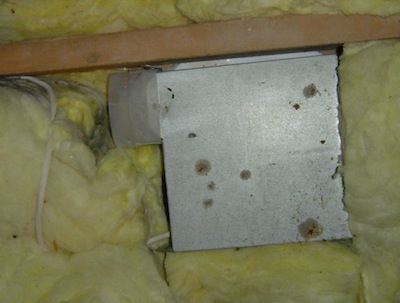


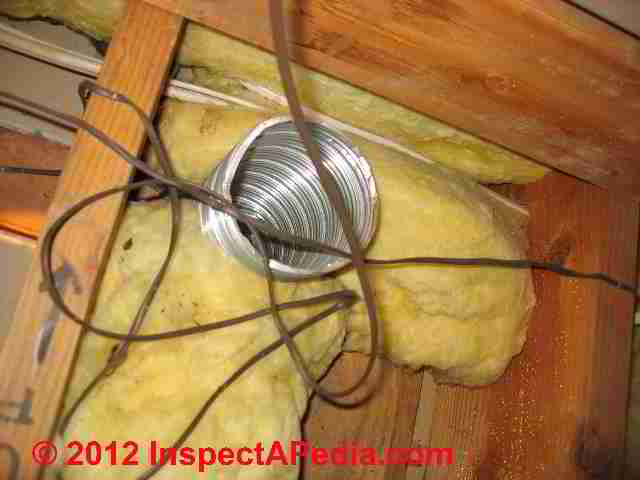


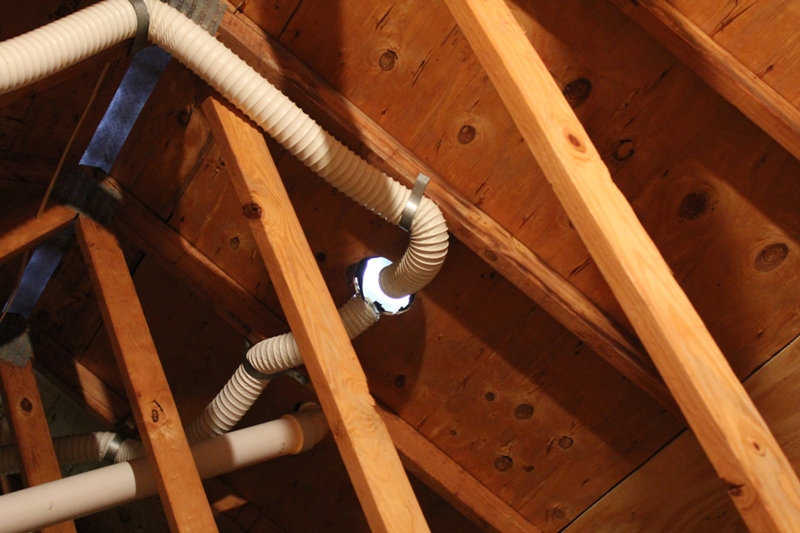
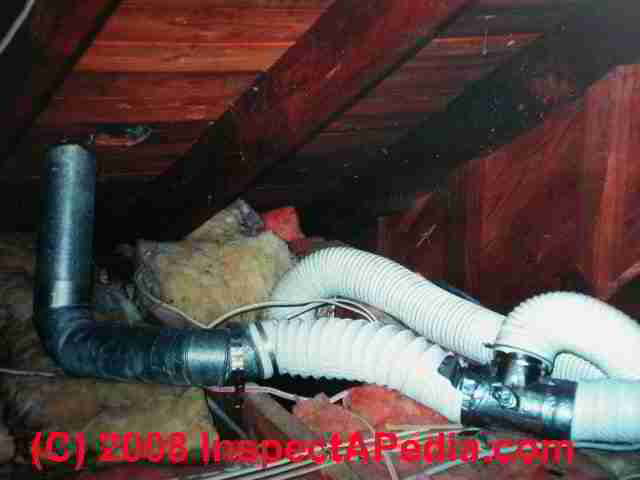
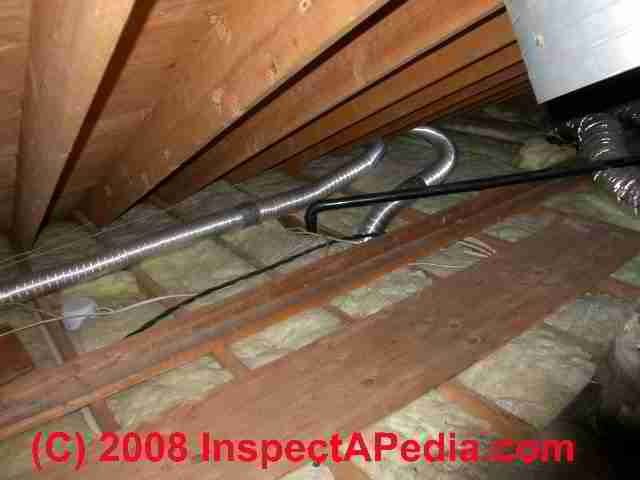


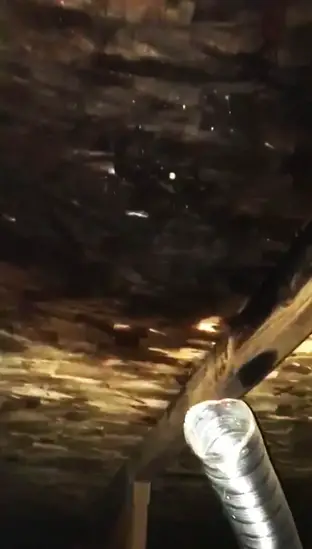

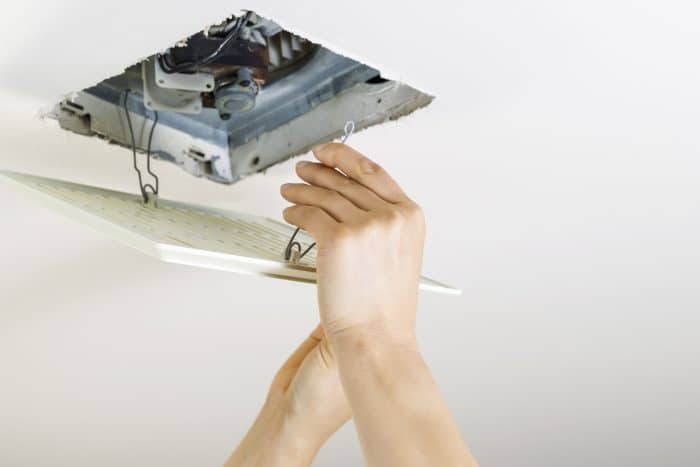

/cdn.vox-cdn.com/uploads/chorus_image/image/65892055/bathroom_fan_toutxl.7.jpg)


